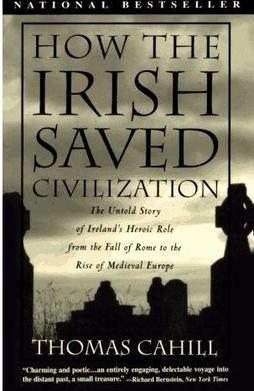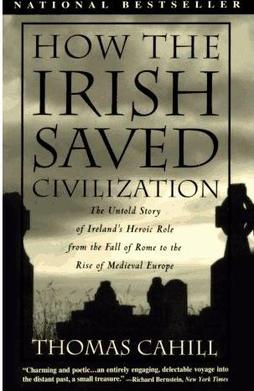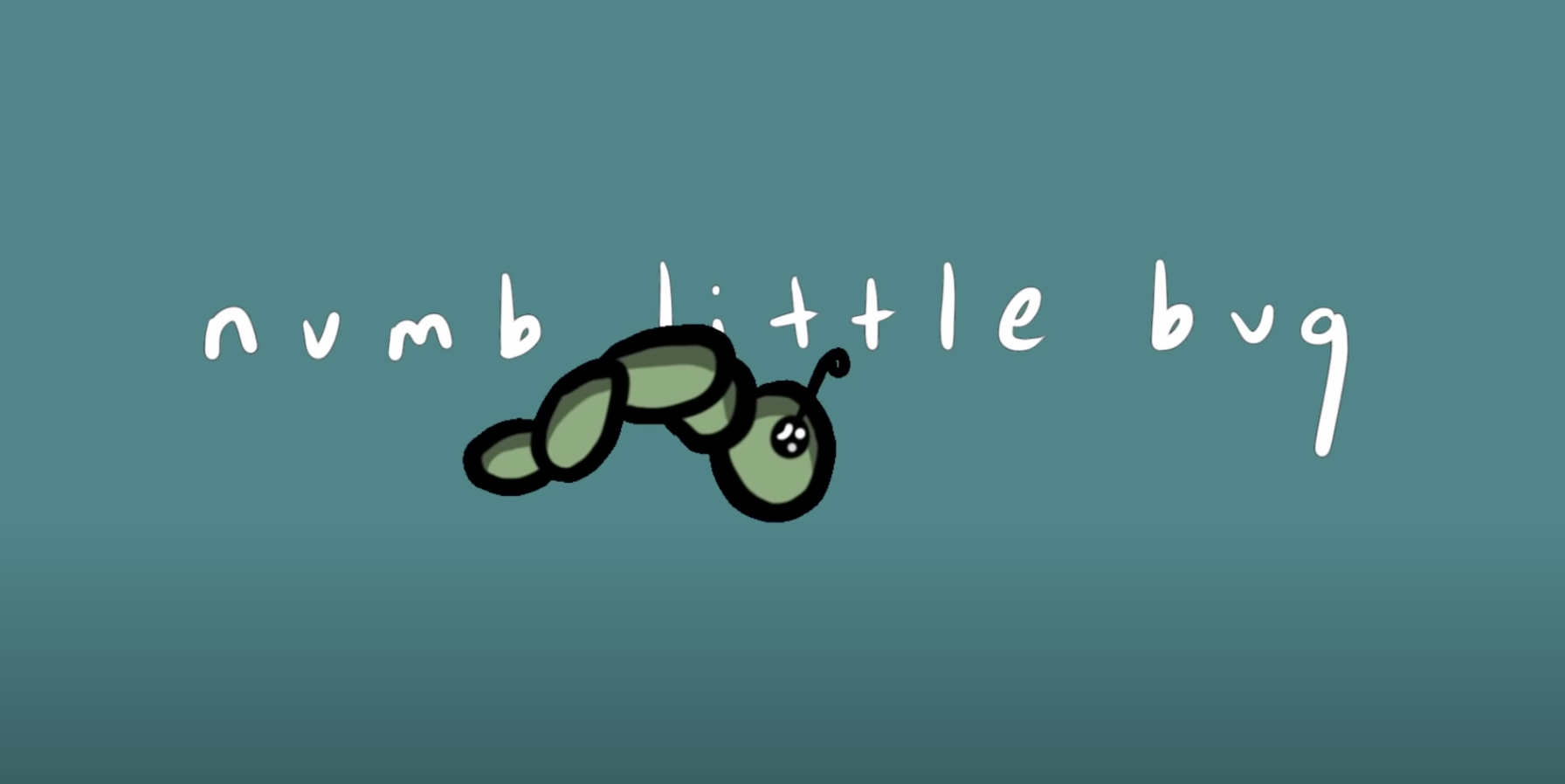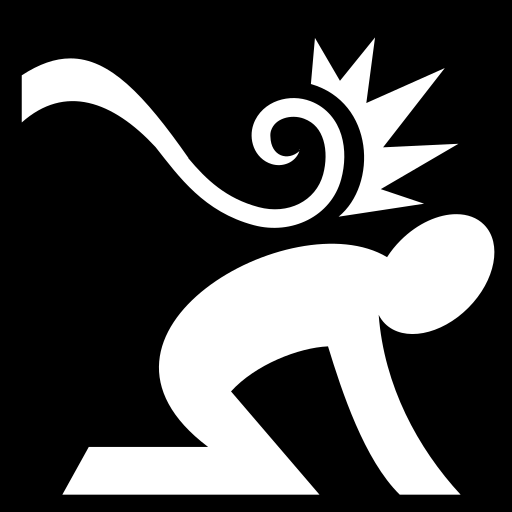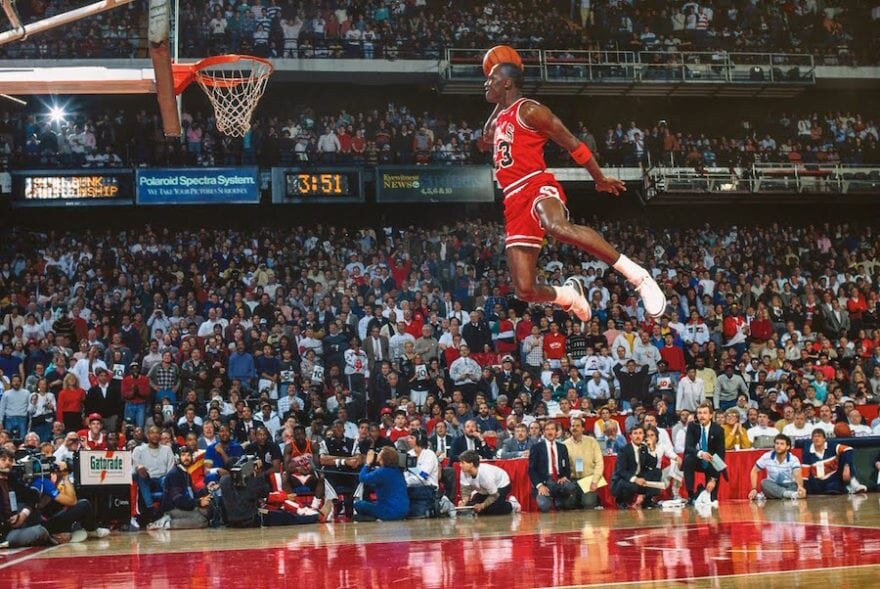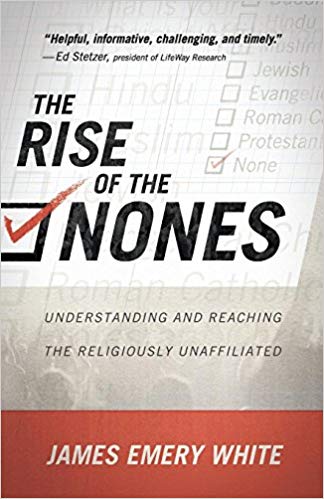It’s the early 5th century. The mighty Roman Empire crumbles, overrun by illiterate barbarians. Libraries burn, literacy rates plummet. As continental Europe goes up in flames at the hands of local warlords struggling for power, survival is all that matters. Meanwhile, at the far end of European civilization, on a green island in the Atlantic, the opposite is happening. The fires of centuries-long tribal warfare have suddenly gone out. The economy built mostly on piracy, extortion, and slavery has shifted to more noble means. Art, poetry, and literacy are on the rise. Patrick, a former slave to the Irish, has returned as an adult bringing the good news of Jesus. Remarkably this adopted Irishman transmutes the Irish virtues of loyalty, courage, and generosity into the Christian priorities of faith, hope, and love. The Celtic people, vicious though they were, connected the gospel with the deepest longings of their hearts. In just decades, the entire country transforms.
The Irish love for literature creates a gravitational pull. Any books still left unburned on continental Europe find themselves heading west to Ireland’s monastic safe havens. The Irish don’t care what books come their way, so many pre-Christian classics are resued. As the centuries go by, Irish zealots, wanting to prove their devotion to Christ, embrace something called “white martyrdom,” in which they willfully banish themselves from their beloved Island to bring good news back to mainland Europe. Irish missionaries manage to establish hundreds of monasteries all over England and Europe. Many thrived to such a degree that modern European cities grew up around them. These Irish enclaves dotted all over the European map had one thing in common they became centres of learning and literacy. In this way, the great Greek, Roman, and early Christian documents on which Western civilization finds it’s moorings were preserved and proliferated among the European peoples. Without the Irish, these foundational works would have been lost in the chaos of the 5th-8th centuries.
